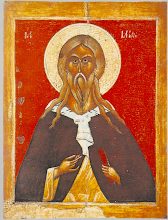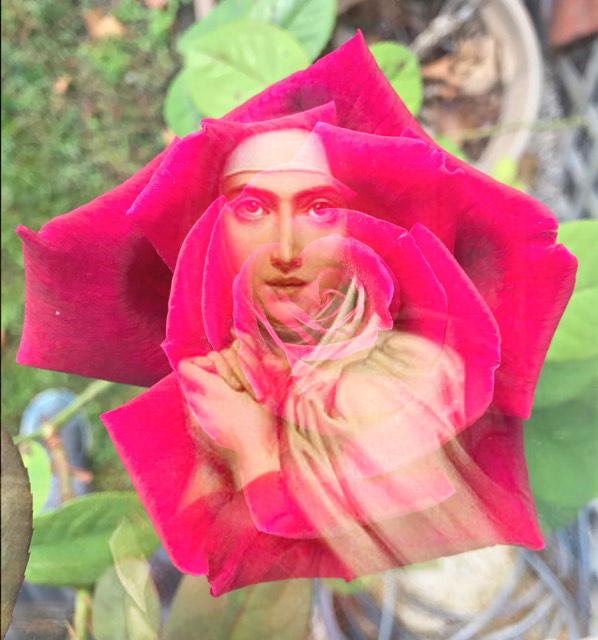 One winter I made a retreat about ten miles from the tomb of Saint Elizabeth Ann Seton, the first American-born citizen to be canonized. Today is her feast-day. She was a beautiful, cultured, educated lady who suffered the loss of husband, two children, and social standing. Shunned by most of her family after she converted to Catholicism, Saint Elizabeth started a community of teaching nuns in what was called Saint Joseph's valley at the foot of Saint Mary's mountain near Emmitsburg, Maryland. I often went to Emmitsburg during my childhood and young adulthood, visiting the Grotto of Our Lady of Lourdes.
One winter I made a retreat about ten miles from the tomb of Saint Elizabeth Ann Seton, the first American-born citizen to be canonized. Today is her feast-day. She was a beautiful, cultured, educated lady who suffered the loss of husband, two children, and social standing. Shunned by most of her family after she converted to Catholicism, Saint Elizabeth started a community of teaching nuns in what was called Saint Joseph's valley at the foot of Saint Mary's mountain near Emmitsburg, Maryland. I often went to Emmitsburg during my childhood and young adulthood, visiting the Grotto of Our Lady of Lourdes. The grotto is a popular pilgrimage site and has a miraculous spring. My mother once injured her foot after she dropped a motor bike on it. We took her to the grotto. After bathing her foot in the icy water the pain disappeared, even as she was walking back to the car. There are many other healings that have happened there, both physical and spiritual. The daily Mass is in the glass chapel on the side of the mountain. Through the tall trees can be seen the blue expanse of Frederick County, "fair as the garden of the Lord," as the poet Whittier said. (Well, at least it used to be; now it is a bit congested.)
At the grotto is the rock where Mother Seton would come every Sunday and teach the children, those of the neighborhood and her own, the catechism, explaining the truths of the faith with clarity and love. Mother and her nuns would walk up from the valley, rain or shine, to spend Sunday on the mountain. It was in the first decades of the nineteenth century, before the Lourdes apparitions in France, but the grotto was seen as a venerable and holy place by Mother and the French priests who assisted her. Walking there in the twenty-first century one is still overwhelmed by the sense of being on holy ground.




















No comments:
Post a Comment